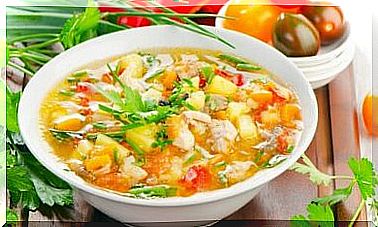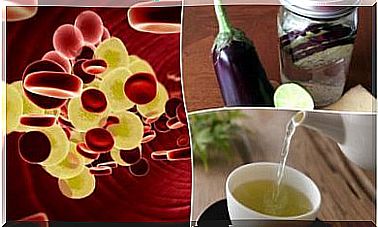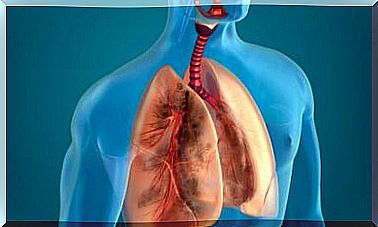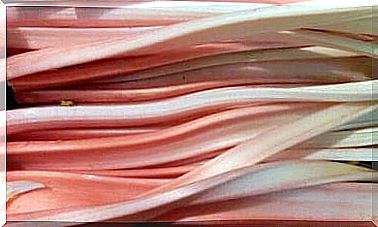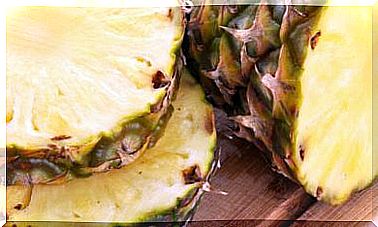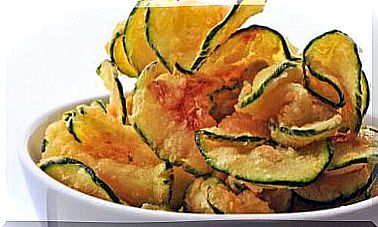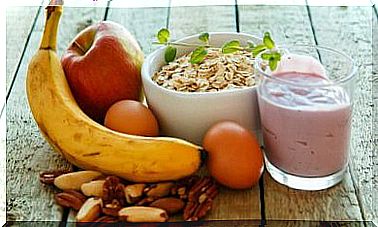Correct Nutrition For Fructose Intolerance
A distinction must be made between genetically caused fructose intolerance and fructose malabsorption, which occurs more frequently but is less harmful. In today’s post you will find useful information about this topic, especially about the right diet, which is recommended for people with fructose intolerance and fructose intolerance.
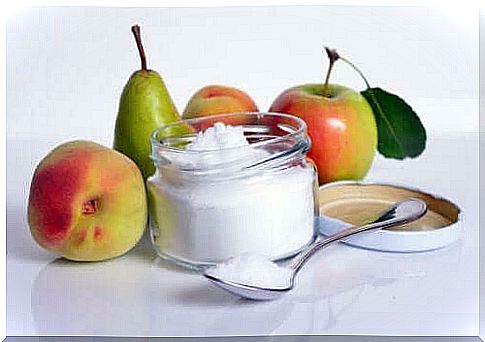
Many people suffer from fructose intolerance or fructose malabsorption, although one must differentiate between the two, even if there are similarities. Affected people have to change their diet accordingly, which often leads to questions and doubts. It is therefore important to know what exactly fructose is and in which foods it is found.
There are various diets for people who cannot tolerate fructose. As soon as those affected are sufficiently informed about this topic, they can adhere to the dietary recommendations and thus eat healthily.
What is fructose?

Fructose or fruit sugar is a monosaccharide and therefore belongs to the carbohydrates. This sweet-tasting compound is found naturally in fruit. It is the most famous type of sugar that we all know and that we eat as sucrose. This is then broken down in the intestine into glucose and fructose.
It’s also important to know that sorbitol is also a source of fructose. This sweetener is metabolized in the body, producing fructose.
Normally, fructose is absorbed by the intestinal cells and metabolized in the body so that it can be used. However, if there are problems with absorption or metabolism, it is called intolerance.
In order to choose the right diet, it is important to differentiate between the two different types that we briefly mentioned at the beginning: the genetic fructose intolerance and the fructose malabsorption (or fructose intolerance).
Genetic fructose intolerance
This disorder is caused by a congenital gene mutation. As a result, there is a lack of a liver enzyme (aldolase B), which is necessary for the breakdown of fructose. As a result, fructose cannot be processed properly. As a baby or toddler, those affected therefore develop digestive disorders and low blood sugar levels as well as liver dysfunction that can be life-threatening.
Since there is a lack of the named enzyme, which is responsible for breaking down fructose, fructose molecules accumulate in the liver. These can destroy the liver cells and, in an emergency, lead to liver failure. Life-threatening hypoglycaemia can also occur.
Fructose malabsorption or fructose intolerance
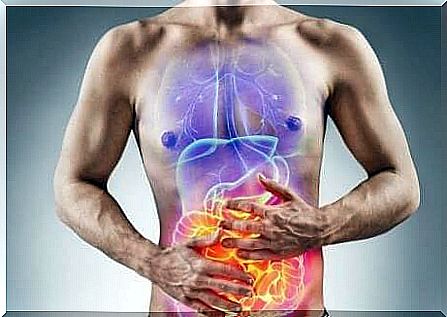
More than 30% of the population are affected by this disorder. In this case, those affected cannot absorb the ingested fructose in the intestine or cannot absorb it properly. This leads to abdominal pain, gas and diarrhea.
However, these symptoms can be controlled by a low-fructose diet. Then we will go into more detail on the recommended diet for hereditary fructose intolerance and fructose malabsorption.
Diet for genetic fructose intolerance
People who suffer from hereditary fructose intolerance must follow a very strict diet without fructose. Because a cure for this disease is not possible. Very sensitive patients can show symptoms such as abdominal pain even with 1 g of fructose.
Those affected must therefore read all the labels with the ingredients of the various products carefully to make sure that they do not contain any fructose. Unfortunately, there are very few industrially manufactured products that are suitable for people with hereditary fructose intolerance.
So that you can get a rough idea, we have put together a short list of foods that those affected are allowed to consume. These include the following:
- Sweeteners: glucose syrup, saccharin, cyclamate
- Fruits that are occasionally allowed: avocado, ripe olives
- Vegetables: Swiss chard, broccoli, spinach, potatoes, mushrooms, endive. Limited consumption: celery, cress, cabbage, cucumber, lettuce, cauliflower
- Meat and fish: all fresh sorts
- Grain and products made from it: wheat flour, oats, corn, rye, white bread, rice
Processed meat and fish products that contain fructose, sucrose or sorbitol are taboo. Those affected have to do without soy drinks, condensed milk, fruit yoghurt and tomatoes, among other things.
Diet for fructose malabsorption (fructose intolerance)
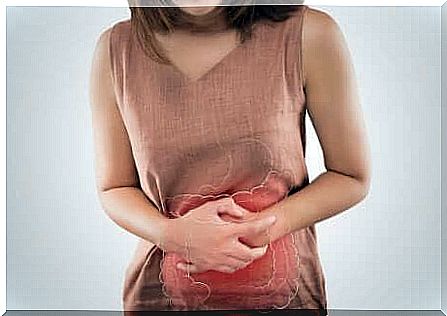
In the case of fructose malabsorption, a low-fructose diet is important to prevent discomfort. Depending on the severity of the intolerance, which may be present in whole or in part, the nutrition plan must be adjusted accordingly.
When there is complete fructose malabsorption, the diet is very similar to that of hereditary fructose intolerance. This means that patients practically have to completely avoid foods with fructose or sucrose.
In the case of partial intolerance (the most common form), low-fructose foods can be included in the diet. Occasionally, even small amounts of products with a higher fructose content can be consumed.
The following foods contain large amounts of fructose:
- Dried apricots, cherries and persimmons
- Prunes and chirimoyas
- Apples, pears and grapes
On the other hand, the following foods contain small amounts of fructose:
- Papaya, avocado, coconut, tiger nuts
- Hazelnuts, chestnuts
- Artichokes, Swiss chard, eggplant and mushrooms
- Milk, cheese and eggs
- Fresh meat and fish
All of the recommendations in today’s article are general in nature. However, it is particularly important to get advice from an expert and to create an individual diet plan to prevent discomfort and still guarantee a healthy diet with all the important nutrients.
